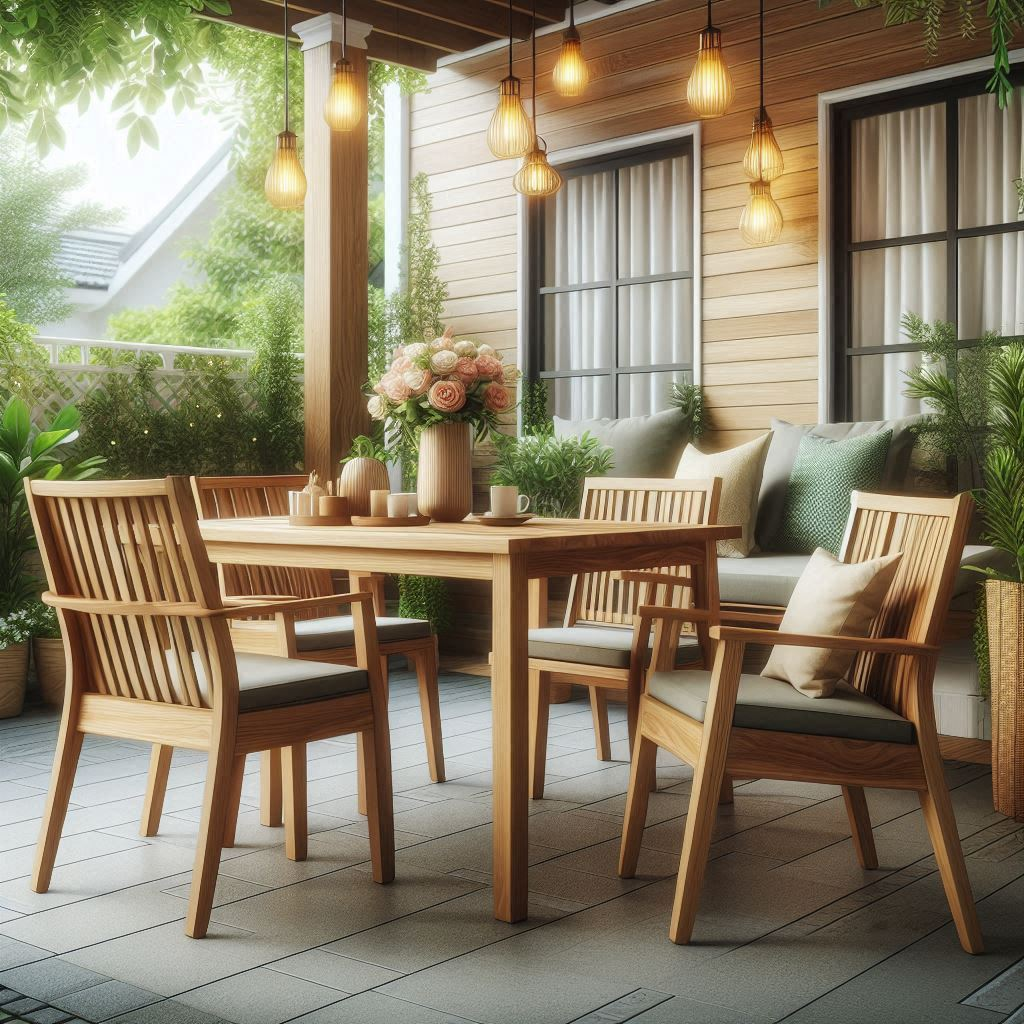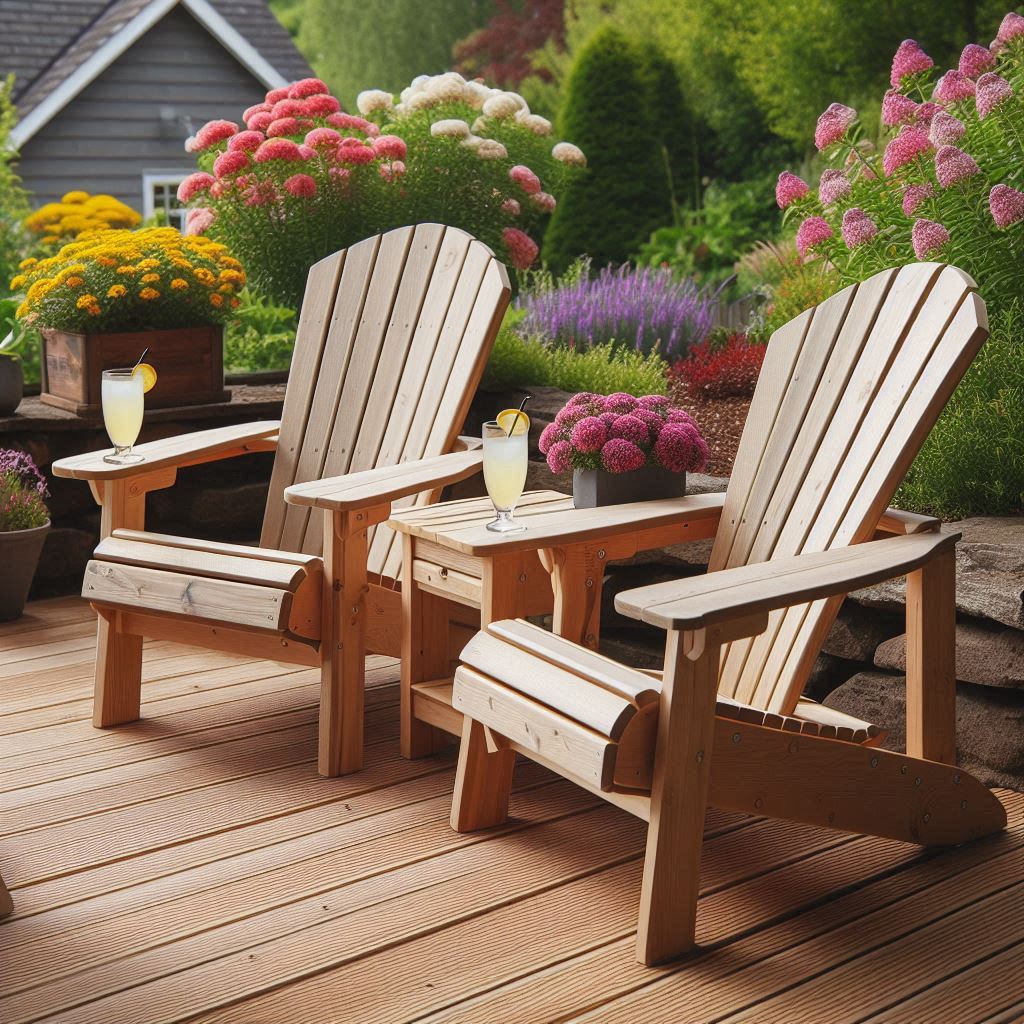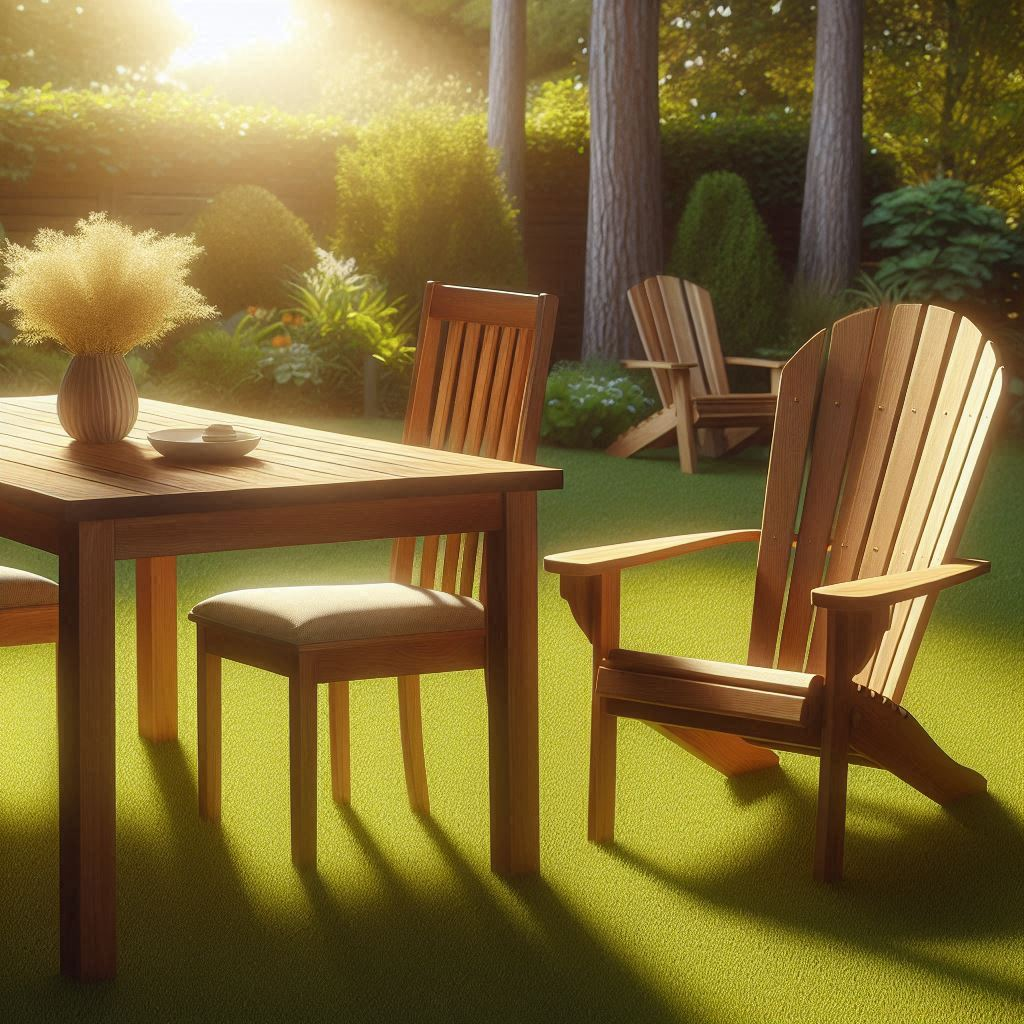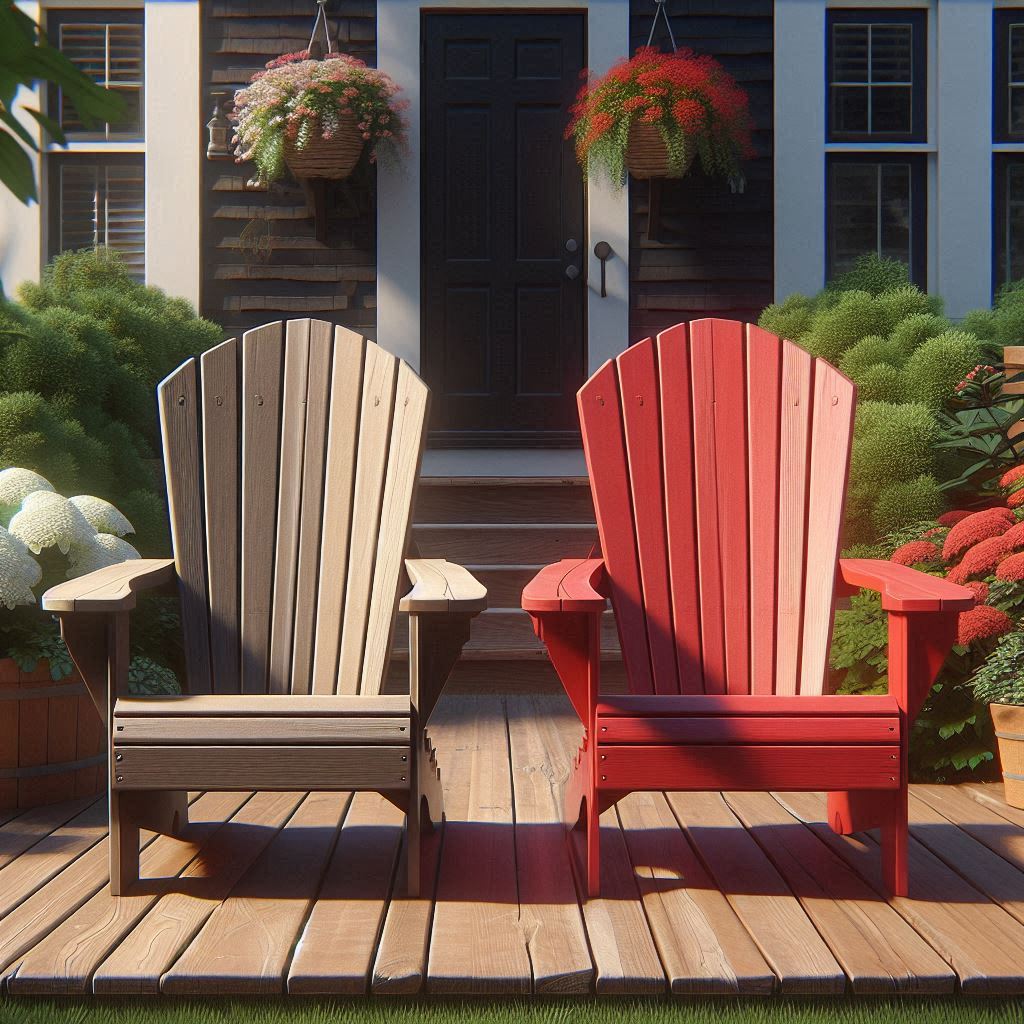As an outdoor furniture enthusiast and a seasoned expert in the field, I’ve had the pleasure of experiencing the charm and functionality of both Acacia wood and Polywood furniture. Let’s delve deeper into these two materials, their unique characteristics, and their applications in outdoor furniture.
Here’s a detailed comparison table between Acacia wood and Polywood:
| Characteristic | Acacia Wood | Polywood |
|---|---|---|
| Material Type | Natural hardwood derived from the Fabaceae family of trees | Synthetic material made from recycled plastics |
| Eco-Friendliness | Eco-friendly due to fast-growing source trees, making it a renewable resource | Eco-friendly due to use of recycled materials, contributing to waste reduction |
| Color and Texture | Available in a range of colors from light brown to dark red with straight or wavy grain patterns, giving each piece a unique personality | Available in a wide range of colors, can be molded into various shapes and styles, mimics the texture and grain of real wood |
| Durability | Highly durable but can swell and bulge if exposed to rain or snow for long periods | Highly durable, waterproof, resistant to weather conditions and UV radiation, will resist discoloration, cracking or splitting under sunlight or moisture |
| Maintenance | Requires regular maintenance including cleaning and oiling to maintain its beauty and longevity | Requires minimal maintenance, only occasional cleaning with soap and water needed |
| Cost | Generally more expensive due to premium quality and durability | Generally less expensive due to use of recycled materials, making it a budget-friendly option |
| Examples of Use | Used in making tables, chairs, flooring, storage units, and railings, each piece adds a touch of elegance to any outdoor setting | Used in making Adirondack chairs, benches, chaise lounges, gliders, picnic tables, and dining sets, each piece offers practicality and style to any outdoor space |
Acacia Wood: A Natural Marvel
Acacia wood is a type of hardwood that comes from the Fabaceae family of trees. These trees are known for their fast growth, making Acacia an eco-friendly choice. The wood itself has a beautiful range of colors, from light brown to dark red, and features straight or wavy grain patterns, which gives each piece a unique personality.
However, Acacia wood does have its quirks. For instance, I once left an Acacia wood table exposed to rain for a few days, and it swelled and bulged. This experience taught me that Acacia wood requires regular maintenance to keep it in top shape. Also, Acacia wood furniture tends to be on the pricier side, reflecting its premium quality and durability.
Examples of Acacia wood furniture that I’ve come across include tables, chairs, flooring, storage units, and railings. Each piece, with its natural beauty and robustness, adds a touch of elegance to any outdoor setting.
Polywood: The Practical Contender
On the other hand, Polywood, a synthetic material made from recycled plastics, offers a different set of advantages. I appreciate its versatility – it can be molded into various shapes and styles, and it’s available in a wide range of colors. This allows for a high degree of customization, so you can create a look that’s uniquely yours.
Polywood is also waterproof, making it an excellent choice for outdoor furniture. It can withstand harsh weather conditions without deteriorating, which means less maintenance for you. And when it comes to cost, Polywood is generally less expensive than solid hardwoods, making it a budget-friendly choice.
Examples of Polywood furniture that I’ve seen include Adirondack chairs, benches, chaise lounges, gliders, picnic tables, and dining sets. Each piece, with its durability and low maintenance, offers practicality and style to any outdoor space.
In-Depth Comparison
When it comes to durability, both Acacia wood and Polywood score high. Acacia wood is known for its robustness and resistance to various weather conditions. However, it requires regular maintenance to keep it in top shape. Polywood, being a synthetic material, is resistant to weather conditions and UV radiation, meaning it will resist discoloration, and the chances of cracking or splitting under sunlight or moisture are minimal.
In terms of aesthetics, Acacia wood offers a natural, warm, and rich color that deepens over time. Its grain patterns range from straight to wavy, adding to its visual appeal. Polywood, while not natural, can mimic the look of real wood. It’s available in various colors and can be molded into different shapes and styles.
Price-wise, Acacia wood tends to be more expensive due to its premium quality and durability. On the other hand, Polywood, being made from recycled materials, is generally less expensive, making it a more budget-friendly option.
In conclusion, both Acacia wood and Polywood have their own advantages and disadvantages. The choice between the two would depend on your specific needs, preferences, and budget. Whether you value the natural beauty and durability of Acacia wood or the affordability and low maintenance of Polywood, both materials are excellent choices for outdoor furniture. As someone who has experienced both, I can attest to the unique charm and functionality they each bring to an outdoor space. Happy furnishing!










